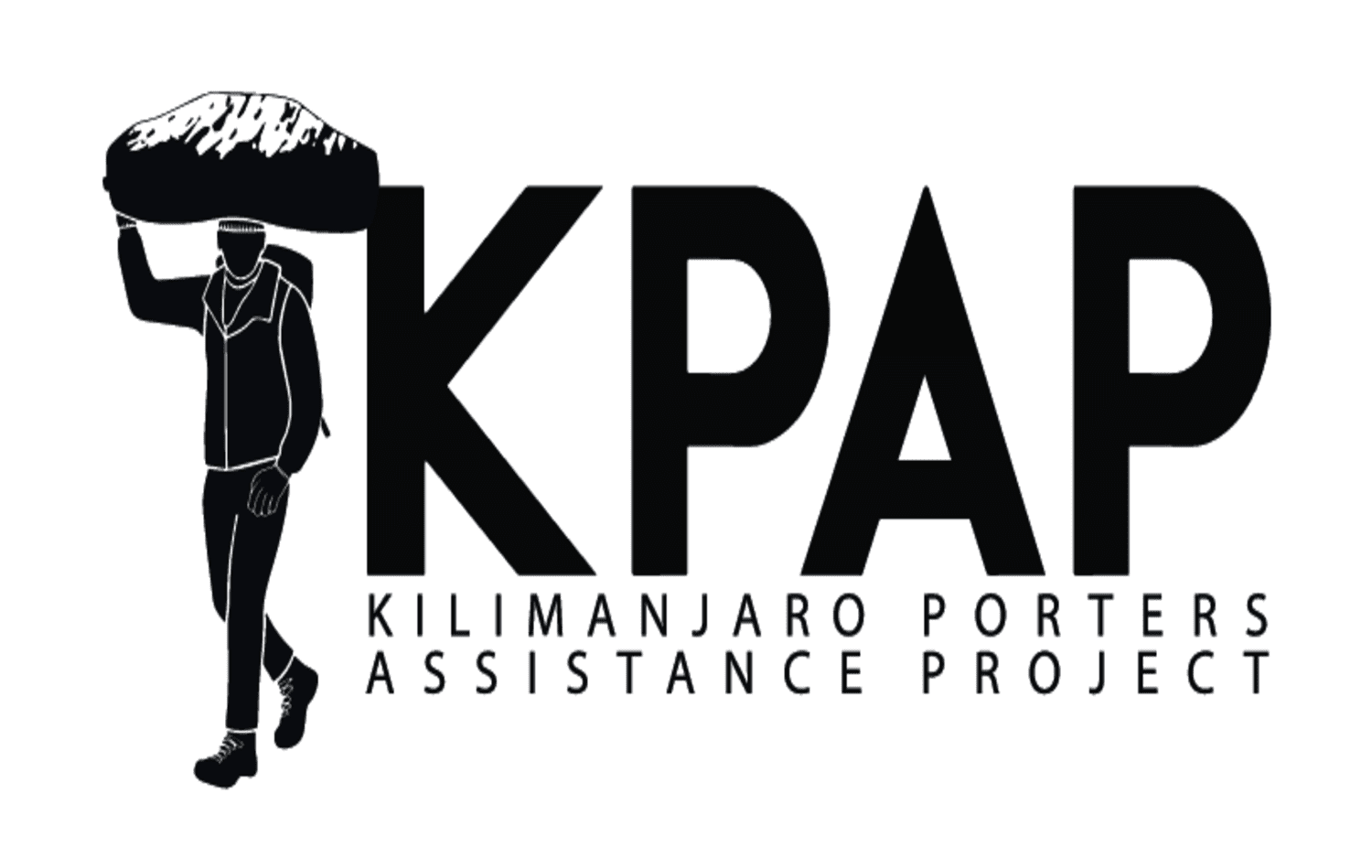Mount Kilimanjaro, Africa’s highest peak, is an exciting yet challenging trek. While it does not require technical climbing skills, its high altitude, unpredictable weather, and demanding terrain make safety a top priority. Proper preparation, acclimatization, and awareness of risks can ensure a successful and safe climb.
1. Choosing a Safe Route
Kilimanjaro has several routes, each with different levels of difficulty and acclimatization success rates. The best routes for safety and success include:
Avoid rushing – More days on the mountain increase acclimatization and success.
2. Acclimatization & Preventing Altitude Sickness
Altitude sickness is the biggest risk on Kilimanjaro due to rapid ascent. To stay safe:
Climb slowly – Follow the “pole pole” (slowly, slowly) approach.
Follow “Climb High, Sleep Low” – Trek to higher elevations but sleep lower.
Drink plenty of water – Aim for 3-4 liters per day.
Eat well – High-carb meals help maintain energy levels.
Take rest days if needed – Pushing through symptoms is dangerous.
Use Acetazolamide (Diamox) – Helps acclimatization but consult a doctor first.
🚨 Signs of altitude sickness:
3. Hiring a Professional Guide & Team
A licensed, experienced guide greatly improves safety on Kilimanjaro. They monitor your health, set a safe pace, and handle emergencies. Trekking with a reputable operator ensures:
✔ Properly trained guides and porters (with first aid skills).
✔ Emergency evacuation plans.
✔ Quality food, equipment, and support.
✔ Oxygen tanks and medical kits on high-altitude routes.
Check if your guide is Wilderness First Responder (WFR) certified.
Dehydration worsens altitude sickness and fatigue. Drink water regularly and avoid caffeine/alcohol. Your meals should be:
✔ High in carbohydrates (pasta, rice, bread, potatoes) for energy.
✔ Rich in proteins and vitamins (vegetables, lean meats, eggs).
✔ Eaten regularly, even when you’re not hungry.
5. Wearing the Right Gear for Safety & Comfort
Weather on Kilimanjaro is unpredictable, ranging from hot at the base to freezing at the summit. Essential gear includes:
✔ Layered clothing: Moisture-wicking base, insulating mid-layer, waterproof outer layer.
✔ Good hiking boots: Waterproof and well-broken-in.
✔ Gloves, hats, sunglasses: Protect against extreme cold and sun.
✔ Headlamp: Needed for the summit push in the dark.
Pack wisely – Keep essential items in your daypack (snacks, water, warm layers).
6. Emergency Response & Evacuation on Kilimanjaro
If altitude sickness or injury occurs, immediate descent is the first treatment. Rescue services include:
✔ Porters assisting with descent if mild symptoms occur.
✔ Stretchers available for moderate to severe cases.
✔ Helicopter evacuation (AMREF Flying Doctors) for serious medical emergencies.
Note: All climbers should have emergency evacuation insurance.
7. Mental & Physical Preparation
To increase safety and endurance:
✔ Train before climbing: Focus on cardio, strength, and endurance.
✔ Hike at high altitudes before Kilimanjaro (if possible).
✔ Stay positive: Mental strength is just as important as physical fitness.
Kilimanjaro is a once-in-a-lifetime adventure, but safety should always come first. By choosing the right route, acclimatizing properly, hiring professional guides, and preparing well, you can increase your chances of a successful and safe summit by choosing the best Tour operator.
Always listen to your body and your guides. If in doubt, descending is the best decision. Your health is more important than reaching the top!



TERMS AND CONDITIONS | AFRICAN SAFARI | PRIVACY POLICY | REFUND POLICY | FOR TRAVEL AGENCIES | HOTELS IN TANZANIA | OUR BLOG
© 2025 Shiri Adventures